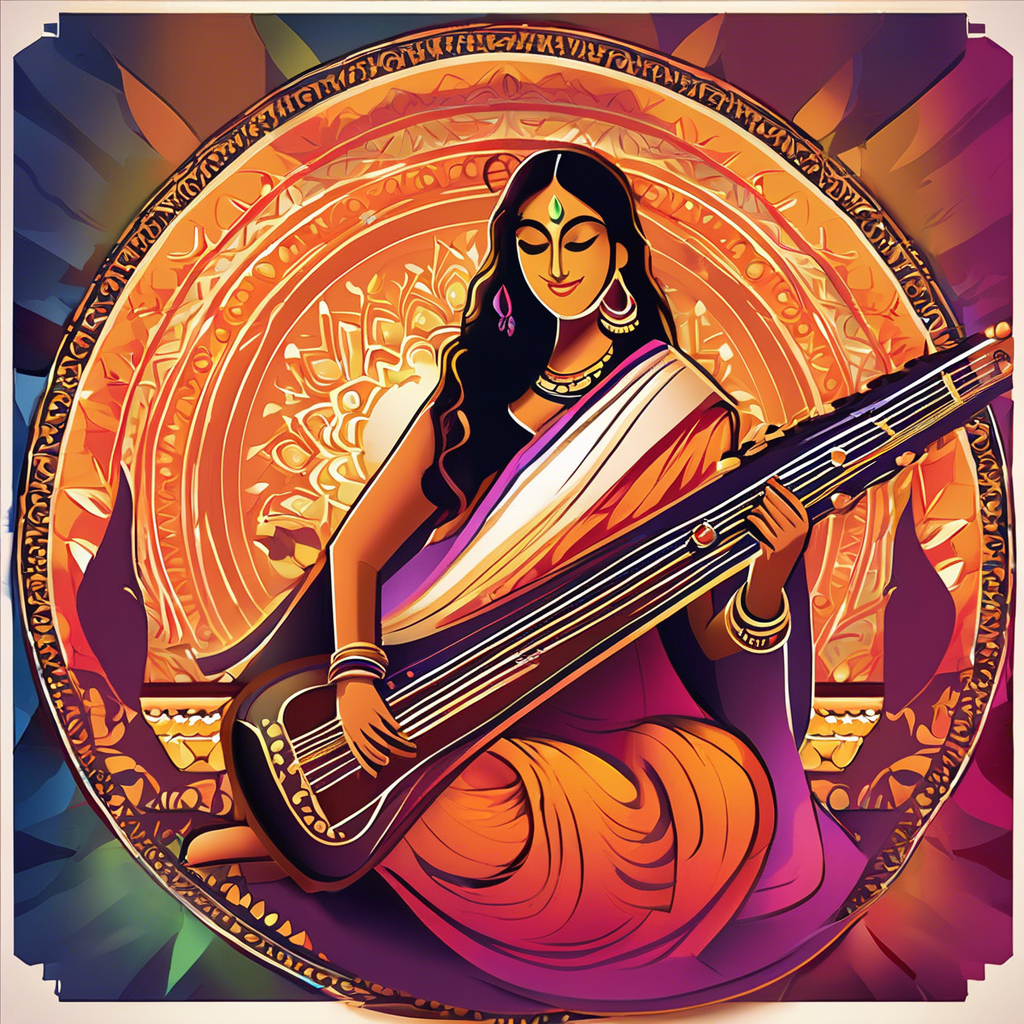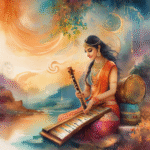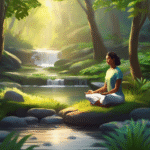
Harmonizing Traditions: The Fusion of Indian Classical Music with Contemporary Genres
Namaste, music enthusiasts! I’m Suraj Bhartti, an Indian classical vocal teacher based in the vibrant city of Dubai. Today, let’s embark on a fascinating exploration of the growing trend of fusion music, where the timeless melodies of Indian classical music harmonize with the vibrant rhythms of contemporary genres like jazz, rock, and electronic music.
**Bridging Traditions:**
Fusion music represents a beautiful fusion of cultures, traditions, and musical styles. It’s a bridge that connects the ancient heritage of Indian classical music with the dynamic energy of modern genres, creating a rich tapestry of sound that transcends boundaries and captivates audiences worldwide.
**Exploring New Horizons:**
One of the most exciting aspects of fusion music is its ability to push the boundaries of creativity and experimentation. By blending traditional Indian ragas, rhythms, and instruments with elements of jazz, rock, or electronic music, musicians can create unique and innovative compositions that defy categorization and inspire listeners with their sheer audacity and originality.
**Embracing Diversity:**
Fusion music celebrates diversity in all its forms—musical, cultural, and artistic. It’s a melting pot where artists from different backgrounds come together to collaborate, exchange ideas, and create something truly magical. Whether it’s a tabla player jamming with a jazz saxophonist or a sitar virtuoso collaborating with an electronic producer, fusion music embodies the spirit of collaboration and open-mindedness.
**Challenges and Opportunities:**
While fusion music offers endless possibilities for creative expression, it also presents its fair share of challenges. Balancing the intricacies of Indian classical music with the free-flowing improvisation of jazz or the relentless energy of rock requires skill, sensitivity, and a deep understanding of both traditions. Moreover, finding the right balance between tradition and innovation can be a delicate tightrope walk, requiring artists to navigate with care and respect for both genres.
**The Power of Collaboration:**
At the heart of fusion music lies the power of collaboration. By bringing together musicians from diverse backgrounds and disciplines, fusion music creates a space for dialogue, exchange, and mutual inspiration. It’s a testament to the transformative power of music, transcending cultural barriers and fostering a sense of unity and understanding among artists and audiences alike.
**Embracing the Future:**
As we look to the future, the possibilities for fusion music are endless. With advancements in technology, communication, and cross-cultural exchange, artists have unprecedented opportunities to explore new sonic landscapes, experiment with innovative techniques, and connect with audiences around the globe. Whether it’s through live performances, studio recordings, or online collaborations, fusion music continues to evolve and thrive, enriching our lives with its boundless creativity and infectious energy.
In conclusion, the fusion of Indian classical music with contemporary genres represents a thrilling journey of exploration, innovation, and collaboration. As an Indian classical vocal teacher, I’m excited to see how this vibrant genre continues to evolve and inspire musicians and audiences alike. Join me on this musical odyssey as we celebrate the harmonizing of traditions and the endless possibilities of fusion music.
For more insights into the world of Indian classical music and fusion, visit my website at www.surajbhartti.com. Let’s keep the melodies flowing and the rhythms pulsating as we explore the rich tapestry of sound that unites us all.


